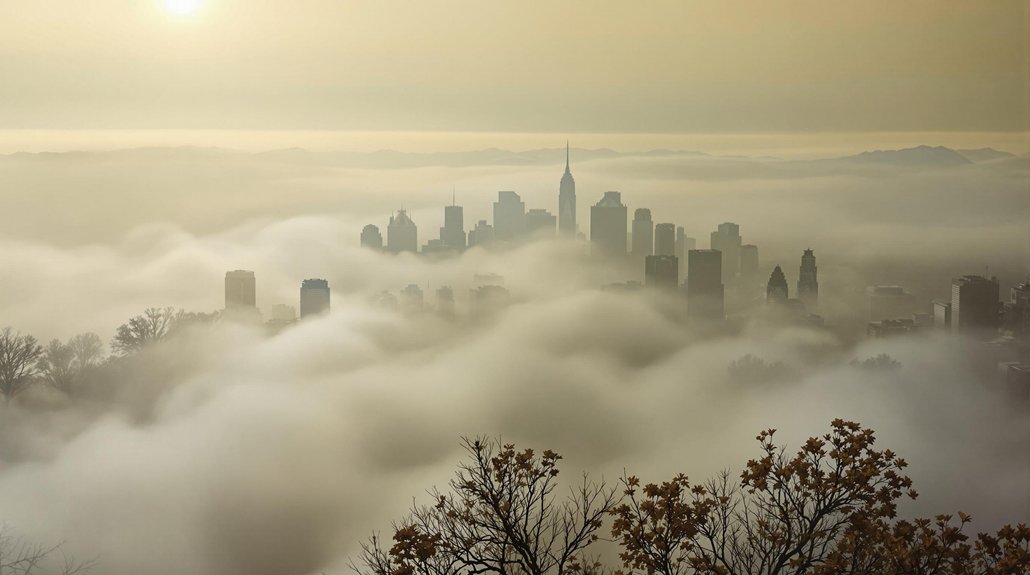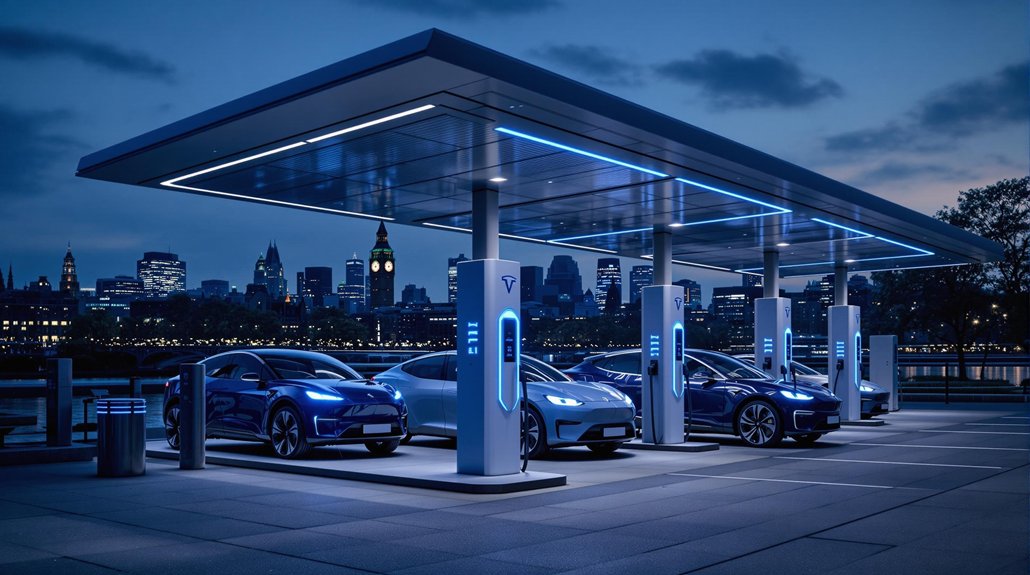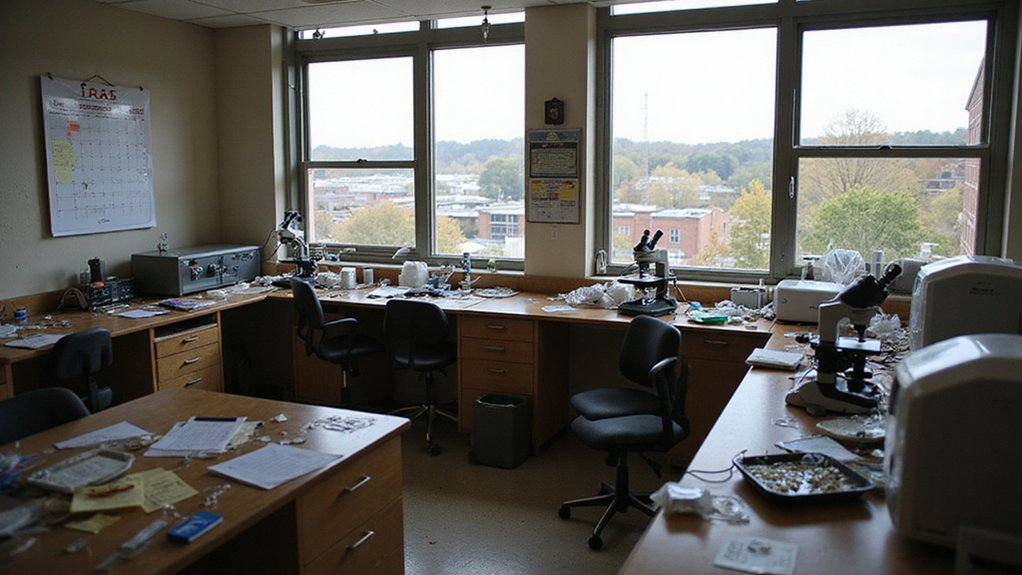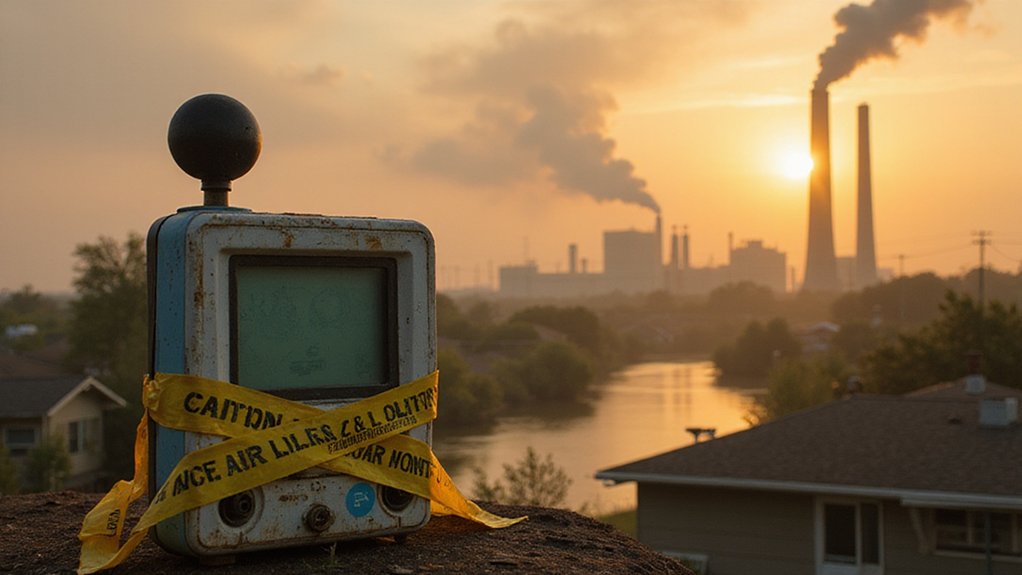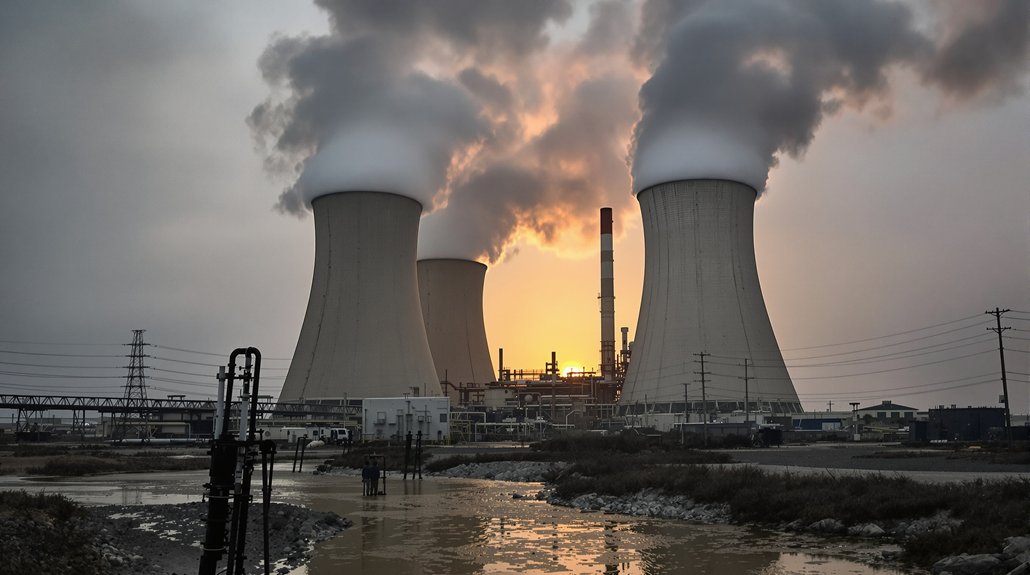Nearly half of Americans (156.1 million) now breathe unhealthy air, marking a 25 million increase from last year. Climate change fuels this crisis through extreme heat, drought, and wildfires that create deadly particle pollution. People of color and low-income communities face disproportionate exposure, with 50.2% living in counties with failing air quality. The EPA’s new pollution standards arrive as this environmental emergency contributes to an estimated 64,000 premature deaths annually. The full impact extends beyond these numbers.
As climate change intensifies across the United States, Americans are breathing more toxic air than they have in the past 25 years. According to recent data, a staggering 131 million Americans—39% of the population—now live in areas with unhealthy air pollution levels. This marks a troubling reversal of decades of progress in cleaning up our nation’s air.
The “State of the Air” 2025 report reveals that nearly half of all Americans—156.1 million people—reside in places that received failing grades for ozone or particle pollution. The situation has worsened considerably, with nearly 25 million more people breathing unhealthy air compared to just one year ago.
Climate change is largely to blame for this crisis. Extreme heat, drought, and increasingly severe wildfires are overwhelming pollution cleanup efforts across the country. These wildfires, in particular, have led to spikes in deadly particle pollution that are the most severe in the report’s history.
The health consequences are dire. In 2021 alone, an estimated 64,000 American lives were cut short due to air pollution—accounting for roughly two percent of all deaths nationwide. Every day with unhealthy air means more people struggling to breathe and facing increased risks of illness. Long-term exposure to these pollutants significantly increases the risk of chronic bronchitis and other serious respiratory conditions.
Air pollution shortens thousands of American lives each year, with each toxic breath increasing health risks nationwide.
Not all communities suffer equally. People of color and those with lower incomes face disproportionate exposure to the worst air quality. Communities of color represent 50.2% of those living in counties with failing air quality grades. These populations often have higher rates of chronic health issues like asthma and heart disease, making them especially vulnerable to pollution’s harmful effects.
Despite these challenges, there are signs of regulatory progress. The EPA finalized a new annual particle pollution standard in February 2024, and the Clean Air Act has driven considerable improvements over the decades. The western United States, especially California with its average of 13 μg/m³, experiences the highest concentrations of harmful PM2.5 particles in the country.
Approximately 66 million tons of pollution were released into the U.S. atmosphere in 2023. Nearly two in five Americans live in areas that failed at least one air quality measure, with about 44 million people residing in areas with failing grades across all air quality metrics measured in the report.
